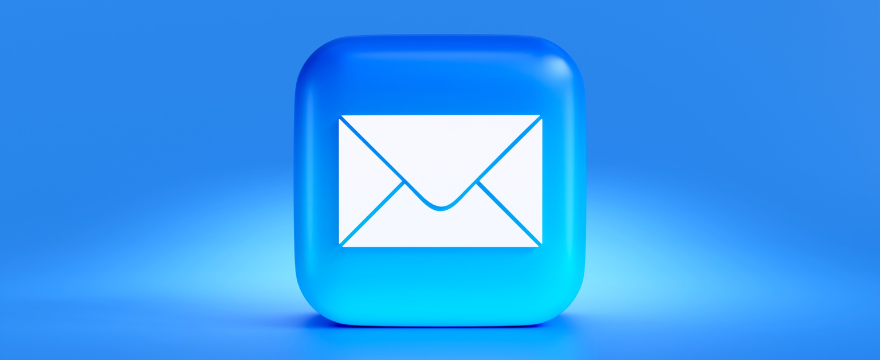An email list is a valuable asset for authors, allowing them to connect directly with readers, share updates about their work, and promote new releases. By building a strong email list, you can foster loyalty among your audience, increase book sales, and create a community around your writing. In this blog post, we’ll explore strategies for building an email list as an author and offer tips on how to maintain and engage with your subscribers.
1. Create a Lead Magnet
A lead magnet is a free resource or offer that entices people to sign up for your email list. Examples of lead magnets for authors include:
- A free eBook, short story, or sample chapters from your book
- Exclusive content, such as behind-the-scenes insights or bonus materials
- Access to a private Facebook group or online community
- A writing-related resource, such as a guide, template, or checklist
2. Set Up a Landing Page
Design an attractive and user-friendly landing page where visitors can sign up for your email list and access your lead magnet. Make sure the page clearly communicates the value of your offer and includes a simple sign-up form that captures the visitor’s name and email address.
3. Optimize Your Website and Blog
Include prominent sign-up forms throughout your website and blog, making it easy for visitors to join your email list. Add forms in the sidebar, footer, or as a pop-up, and consider embedding them within relevant blog posts to encourage subscriptions.
4. Leverage Social Media
Promote your lead magnet and mailing list on your social media profiles, including Facebook, Twitter, Instagram, and LinkedIn. Share regular posts that highlight the benefits of joining your email list and include a link to your landing page.
5. Collaborate with Other Authors or Influencers
Partner with other authors, influencers, or bloggers in your genre to cross-promote each other’s email lists. Guest post on each other’s blogs, share content on social media, or co-host events like webinars or giveaways to introduce your work to new audiences.
6. Attend and Host Events
Participate in book signings, readings, conferences, and online events where you can connect with potential readers and encourage them to sign up for your email list. You can also host your own events, such as virtual book clubs or Q&A sessions, to engage with your audience and gather email subscribers.
7. Run Paid Advertising Campaigns
Invest in targeted advertising campaigns on platforms like Facebook, Instagram, or Google Ads to promote your lead magnet and grow your email list. Use these platforms’ advanced targeting options to reach users based on their interests, demographics, and behaviors.
8. Engage with Your Email Subscribers
Once people have joined your email list, it’s important to maintain their interest and engagement. Send regular updates that provide value, such as writing tips, book recommendations, personal insights, or exclusive content. Make sure to also promote your book releases, events, and promotions, but avoid overwhelming your subscribers with constant sales pitches.
9. Track and Optimize Your List-Building Efforts
Monitor the performance of your email list-building strategies using analytics tools like Google Analytics or your email marketing platform’s built-in reporting features. Use this data to identify successful tactics, refine your approach, and allocate resources effectively.
